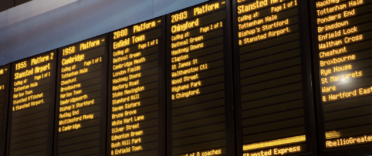
These increases, that take effect in January 2012, will result in an average rise of 8% - the biggest since privatisation in 1995.
For long-distance commuters, who already endure the most expensive rail travel in Europe, the rises will increase the annual cost of their journey to work by hundreds of pounds.
Some ticket prices may increase by as much as 13% as train operators are allowed to vary ticket prices by up to 5% on selected routes (as long as this is offset elsewhere on other fares).
These proposed increases have triggered angry reaction from pressure groups and demonstrations at a number stations.
Obviously, the increases will be welcomed by non-rail users as they will reduce the overall burden on the taxpayer.
How to cut the cost of rail fares
But there are ways to cut the cost of rail travel by hundreds of pounds despite the increases. Just read my article How to slash the cost of train travel for more details.






